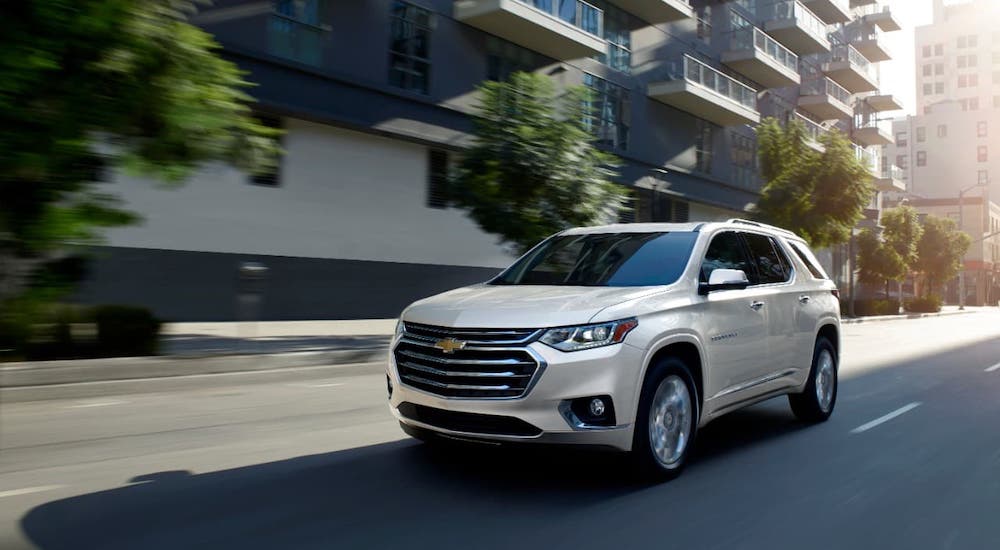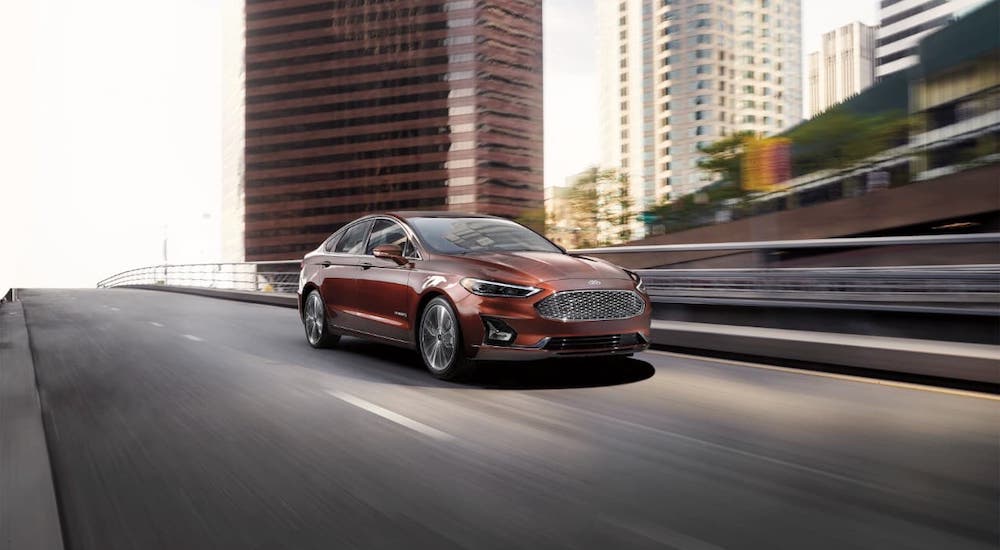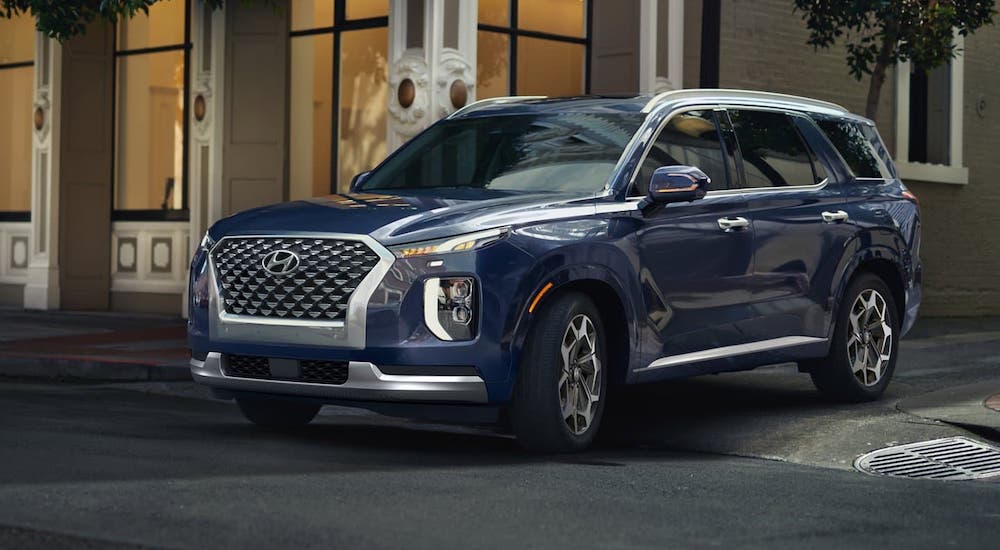Choosing a pre-owned vehicle is a great way to get a good car and save some money – sometimes a lot of money. But not all used models are the same: some can offer great peace of mind at a reduced cost, while others can save you money upfront but then cost you more in the long-run. One of the best reasons to choose a used Chevy dealer, rather than just shopping for a used model from a private seller, is access to Certified Pre-Owned (CPO) models at the used car dealership.
A CPO model is a used or pre-owned (the terms mean the same thing) vehicle that has been bought back by the manufacturer through the dealer and is being sold again. These models offer greater peace of mind than standard used vehicles because they come with some backing from the original manufacturer. They have to meet pretty strict requirements regarding mileage, age, and overall condition. And with this higher quality comes warranty coverage, of varying lengths, from the manufacturer.
Every manufacturer offers their own CPO program and terms, and they’re not all equal. I know there are a lot of Chevy fans out there, so I thought it’d be helpful to take a look at the Chevy CPO program and see how it compares to the competition.
Chevy CPO Requirements and Benefits
Let’s kick things off by looking at what Chevy (really it’s General Motors because it includes other GM companies such as GMC and Buick) has to offer. First, let’s look at the requirements that a vehicle has to meet before a dealership will consider buying it and certifying it as a CPO model. If you’re shopping for a CPO Chevy, you know that it must meet the following:
- Be within 6 model years
- Have fewer than 75,000 miles on it
- Have a clean title
- Pass Chevy’s 172-point inspection
- Pass Chevy’s reconditioning process, addressing any minor issues or recalls
As you can see, this is pretty good and ensures you’re not going to find any old or heavily-used models when looking at CPO vehicles at a used Chevy dealer. But what about the more tangible benefits of choosing a Chevy CPO model? Every CPO from Chevy comes with:
- 12-month/12,000-mile bumper-to-bumper limited warranty
- 6-year/100,000-mile powertrain limited warranty
- Both are transferable during the coverage period
- Two included maintenance visits within 2 years/24,000 miles
- 3-day/150-mile vehicle exchange window
- 24/7 roadside assistance for the duration of the Powertrain limited warranty
Those are some good benefits to go with the requirements; plus, you can see why so many people like CPO models when looking for a used vehicle. The peace of mind that these cars offer is really something you won’t find on a standard used model. But, are these requirements and benefits extraordinary compared to other manufacturers in the industry? Let’s find out.
Ford CPO Requirements and Benefits
Let’s look at the requirements for a vehicle to be offered as a CPO Ford model:
- Be within 6 model years
- Have fewer than 80,000 miles on it
- Have a clean title
- Pass Ford’s 172-point inspection
- Have issues repaired or replaced
So, comparing this to what Chevy requires, the numbers are very similar. In both cases, that vehicle can’t be more than 6 model years old, though it can have a few thousand more miles on it for Ford than Chevy. The inspection is nearly identical with the same number of points inspected – in other words; they’re quite comparable.
Now, what about benefits? Ford CPO models include:
- 12-month/12,000-mile comprehensive limited warranty
- 7-year/100,000-mile powertrain limited warranty
- 2,000 Ford Pass Rewards Points, which can be used for complimentary maintenance
- 24/7 Roadside assistance for the duration of the powertrain limited warranty
Again, these are quite similar, though Ford’s powertrain warranty lasts a year longer but has the same mileage limit. So it depends on if you’ll hit 100,000 miles within 6 years or 7. Ford doesn’t offer the exchange window that Chevy does, which might be an issue for some shoppers.
Chrysler CPO Requirements and Benefits
Next up, let’s take a look at the CPO program from Fiat-Chrysler, offered on CPO Chryslers, Dodges, Jeeps, Fiats, and Ram trucks. Just like before, we’ll take a look at the requirements:
- Be within 5 model years
- Have fewer than 75,000 miles on it
- Have a clean title
- Pass Chrysler’s 125-point inspection
- Maintenance performed as needed
There are some interesting differences here with Chevy. Chrysler CPO models have one year less that they’re available, so you’re not going to find vehicles quite as old as you might with a Chevy––but only by one year. That being said, there are far fewer points during the Chrysler inspection: nearly 50 fewer, in fact. So that’s something to consider. Now the benefits:
- 3-month/3,000-mile Maximum care warranty
- 7-year/100,000-mile Powertrain limited warranty
- Available warranty upgrade plans
- Car rental allowance during service
- 24/7 Roadside assistance for the duration of the powertrain limited warranty
Once again, there are some interesting trade-offs here. Just like with Ford, Chrysler’s powertrain warranty lasts a year longer than Chevy’s – but covers the same mileage. However, one major weakness of the Chrysler benefits is the full coverage warranty lasts just one-fourth of the time period and mileage as Chevy’s coverage. That’s a huge difference and definitely gives Chevy the advantage in my book.
Hyundai CPO Requirements and Benefits
Now let’s be mean and compare the CPO benefits you’ll find at your local used Chevy dealer to arguably the best CPO terms in the industry, those offered by Hyundai. Say what you will about Hyundai vehicles; their CPO requirements and benefits are amazing. First, requirements:
- Be within 5 model years
- Have fewer than 60,000 miles on it
- Have a clean title
- Pass Hyundai’s 173-point inspection
This is one model year shorter a window for CPO models, compared to Chevy, and 15,000 fewer miles it can have on it. So that’s a pretty big difference and means Hyundai CPO models are some of the best out there. The inspection has one point more on it than Chevy; unless that point is something truly miraculous, however, I’d say that’s negligible. But now, in terms of benefits, Hyundai is about to come out on top again:
- 5-year/60,000-mile new vehicle limited warranty
- 10-year/100,000-mile powertrain limited warranty
- Up to $100 per day rental car reimbursements for service
- 24/7 Roadside assistance for the duration of the powertrain limited warranty
First of all, that powertrain warranty blows everyone else away. While it’s the same mileage limit as the warranty from Chevy, it’s a full four years longer to get there. So if you think it will take you closer to 10 years to reach 100,000 miles on your vehicle (and remember, the maximum it can have before you get it as a Hyundai CPO is 60,000 miles), then Hyundai is a clear winner.
Not to mention that the comprehensive warranty is quite impressive. It carries over the balance of the original manufacturer’s 5-year/60,000-mile warranty. If this is less than one year and/or 12,000 miles, then it’s not as good as the competition. But there’s a good chance that it will offer far superior coverage compared to the restrictive warranties on a Chevy CPO model.
As you can see, there are some good reasons that many industry experts view Hyundai as offering the best CPO features on the market, especially for a standard, non-luxury vehicle. To be honest, it’s better than what you’ll get with a lot of luxury vehicles too. That being said, the CPO benefits and requirements that you’ll find at a used Chevy dealer are still excellent, even if they can’t quite match Hyundai. And no matter what you compare them to, they’re better than what you’ll get with a non-CPO used model.






